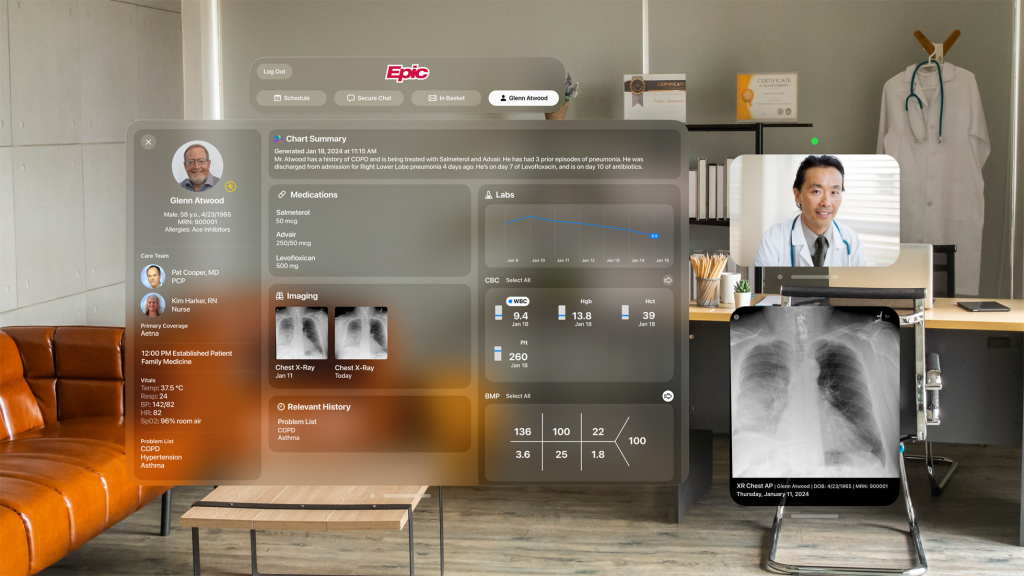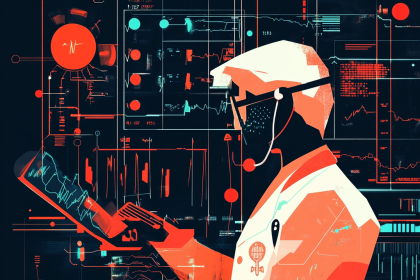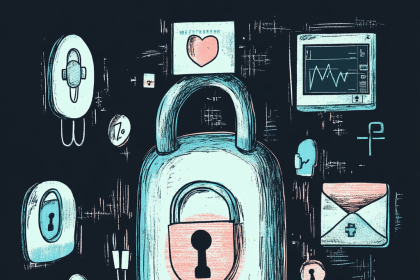Apple has released emergency security updates to address a critical zero-day vulnerability that was actively exploited in a highly targeted attack. The flaw, an out-of-bounds write issue in the Image I/O framework, could allow attackers to execute arbitrary code by tricking users into processing malicious image files. Apple disclosed that this exploit was used in “extremely sophisticated” attacks against specific individuals, though details on the campaign remain scarce.
The vulnerability affects a wide range of Apple devices, including all iPhones from the XS onward, numerous iPad models, and Macs running macOS Sequoia, Sonoma, and Ventura. Apple has mitigated the threat with improved bounds checking in updates to iOS, iPadOS, and macOS. Given the exploit’s severity and the potential for memory corruption and remote code execution, users are strongly urged to install the latest patches immediately.
This marks the sixth in-the-wild zero-day Apple has patched in 2025, underscoring the increasing sophistication of targeted cyberattacks. While most users are unlikely to be impacted, the nature of the flaw highlights how even benign-looking images can be weaponized in advanced threat campaigns. Apple has not disclosed the identity of the attacker or victims, maintaining the secrecy typical of targeted surveillance exploits.
The news comes at a time when Apple is making major strides in the healthcare space with Apple Vision Pro. The spatial computing headset, powered by visionOS, is transforming medical education, surgical planning, diagnostics, and behavioral health. Apps like Stryker’s myMako, Boston Children’s CyranoHealth, and Siemens Healthineers’ Cinematic Reality are redefining how healthcare professionals interact with patient data and training environments—offering immersive, real-time, and 3D experiences that were previously impossible on traditional devices.

*NOTE: visionOS and Vision Pro devices were not impacted by this latest vulnerability.
Meanwhile, Epic Systems is leveraging Vision Pro to reimagine electronic health records through intuitive spatial workflows, while Cedars-Sinai’s Xaia app uses the device for AI-driven behavioral therapy in calming, immersive environments. These developments highlight Apple’s growing role in health tech innovation—just as its devices remain critical targets in the evolving cybersecurity landscape. As the company races to stay ahead of sophisticated threats, it’s also empowering the healthcare industry with tools that promise to reshape patient care and clinical outcomes.







